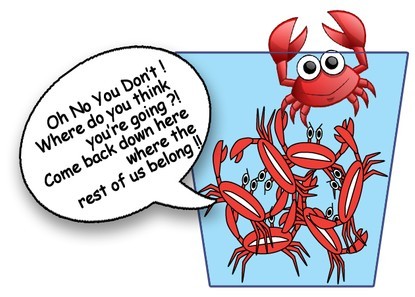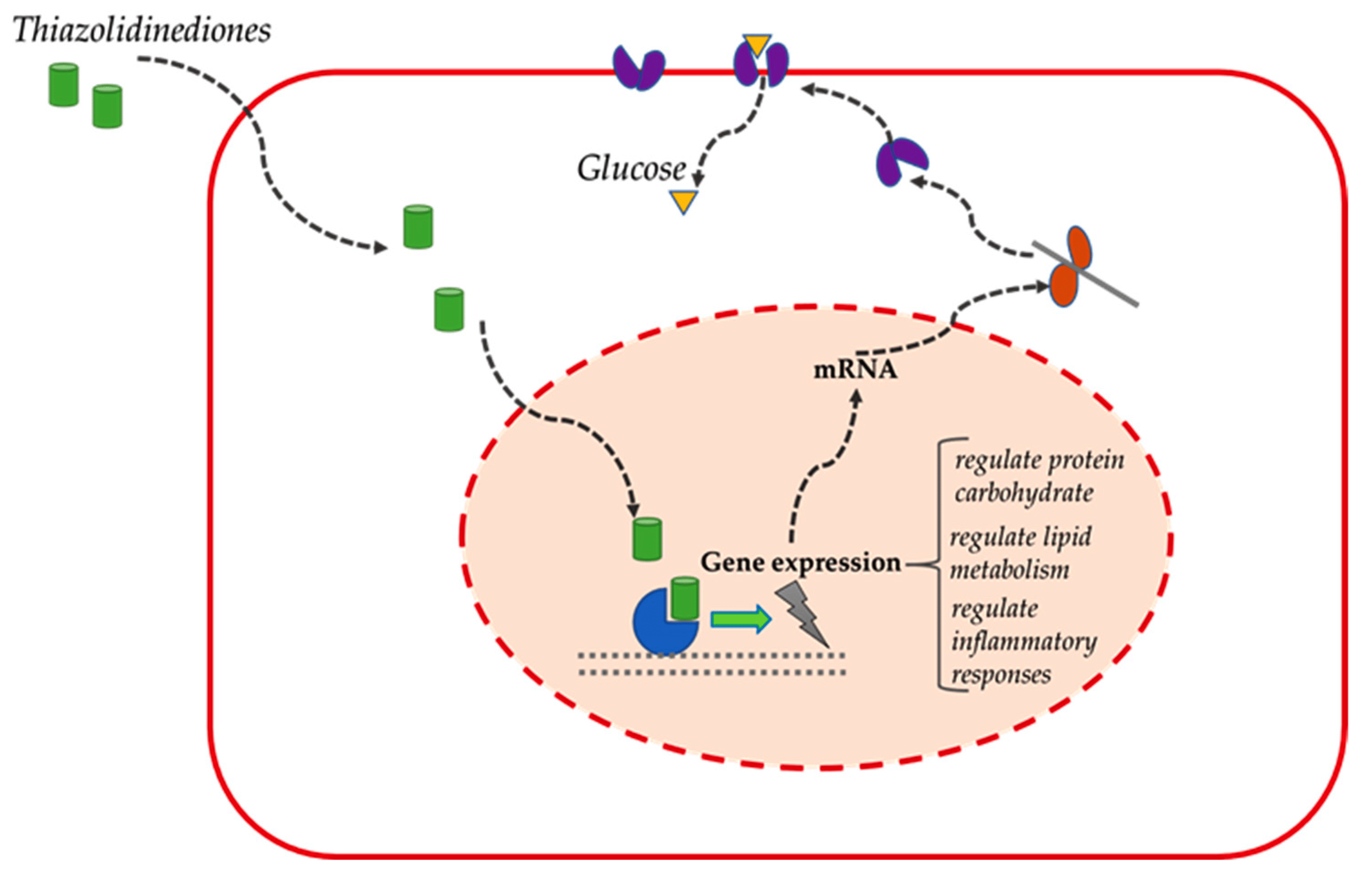Crab Mentality in Medicine
Dear Friend,
Hope everyone had a fantastic week! I just wanted to express my immense gratitude to everyone who has sent messages of support for my upcoming book. The response has been incredible, and it’s truly fulfilling to finally share my work with you all.
As with any online platform, while the majority of comments are overwhelmingly positive, it’s no surprise that there may be a small fraction that aren’t as supportive (to put it mildly). Since the inception of In2Med, amidst the numerous successes, I’ve also had to contend with negative feedback. This feedback has come from strangers, academics, my mentors, and even close friends and family. At times, the fear of encountering negative comments has made me hesitant to promote my book on social media. This highlights the detrimental impact negative comments can have.
As medical students navigating within the confines of traditional institutions like the NHS, it’s not uncommon to face resistance when pursuing creative or unconventional paths. This week, as I delved into some literature, I came across the concept of the crab mentality and strategies for overcoming it. This newfound insight has provided me with valuable perspective and techniques for handling negative feedback, ensuring that it doesn’t derail me from my objectives.
That’s why I’m excited to share the crab mentality framework with you this week. Hopefully, fellow aspiring doctors out there will also find it beneficial as they navigate their own journeys.

The crab mentality
The term “crab mentality” finds its roots in the observation of how crabs in a bucket prevent each other from escaping. Whenever one crab attempts to climb out and reach freedom, the others pull it back down, ensuring no one escapes. This behaviour mirrors the tendency of individuals in society to try to limit the progress of those around them, particularly when they perceive others as surpassing their own achievements.
Crab Mentality Among Medical Students
Unfortunately, the crab mentality is not foreign to the realm of medical education. Despite the collaborative nature of medicine, medical students may find themselves subjected to discouragement and criticism from their peers. Here are a couple of reasons why this mentality may manifest:
Fear of Competition:
In the fiercely competitive landscape of medical school, some students may feel threatened by the success or innovation of their peers. Instead of celebrating achievements, they may resort to belittling or discouraging others to maintain their perceived superiority.
Insecurity and Self-Doubt:
Medical students are under immense pressure to excel academically and professionally. Insecurity about one’s own abilities or achievements can breed resentment towards peers who appear to be thriving. As a result, some individuals may seek to undermine the accomplishments of others to alleviate their own feelings of inadequacy.
Overcoming Crab Mentality
While navigating the treacherous waters of medical school, it’s essential for students to develop strategies to combat the toxic influence of the crab mentality. Here are some tips to empower medical students to rise above negativity and focus on their goals:
Cultivate a Growth Mindset:
Embrace challenges as opportunities for growth and learning. Rather than viewing the success of others as a threat, see it as inspiration to strive for excellence in your own endeavors.
Surround Yourself with Supportive Peers:
Seek out friendships with individuals who uplift and encourage you. Surrounding yourself with positive influences can help shield you from the negativity of the crab mentality.
Stay Focused on Your Goals:
Maintain a clear vision of your aspirations and the steps needed to achieve them. By staying focused on your goals, you can better navigate the distractions and criticisms that may arise from others.
Practice Self-Compassion:
Be kind to yourself and acknowledge your accomplishments, no matter how small. Practicing self-compassion can help bolster your resilience in the face of adversity.
Embarking on a journey of innovation and creativity often entails navigating through the murky waters of skepticism and discouragement. As I experienced recently, those very individuals who once doubted me are now asking for a signed copy of my book.
In the competitive landscape of medical education, the crab mentality poses a significant challenge for aspiring doctors. By understanding the origins of this phenomenon, recognizing its manifestations, and implementing strategies to overcome its negative effects, medical students can better navigate their journey towards becoming compassionate and successful physicians. Let’s support each other’s growth and celebrate the achievements of our peers, for together, we can rise above the crab mentality and foster a culture of collaboration and excellence in medicine.a
Hope you found this useful. See you next week!
Drug of the week
Pioglitazone
These PPAR-y agonists increase tissue sensitivity to insulin and activate the hormone adiponectin.
They reduce plasma glucose but do not cause hypoglycaemia.
They also act on muscle and fat to increase glucose uptake and lipogenesis.
A Brain Teaser
A 54-year-old man with stage 4 chronic kidney disease presents for review.
Which one of the following drugs is it most important to avoid?
A: Erythromycin
B: Diazepam
C: Rifampicin
D: Tetracyclines
E: Warfarin
Answers
The answer is D – Tetrayclines
The correct response is Tetracycline. Tetracyclines represent a class of broad-spectrum antibiotics primarily eliminated by the kidneys. In patients with renal impairment, like this individual with stage 4 chronic kidney disease, tetracyclines can accumulate, potentially leading to toxicity. This accumulation can manifest as symptoms such as nausea, vomiting, diarrhea, skin rash, and may even progress to hepatotoxicity. Moreover, it can induce increased intracranial pressure, known as benign intracranial hypertension or pseudotumor cerebri.
Moving on to Erythromycin, it is a macrolide antibiotic primarily metabolized in the liver and excreted in the bile. Consequently, it does not necessitate dosage adjustment in renal impairment and is less likely to cause harm compared to tetracycline.
Diazepam, a benzodiazepine employed for its anxiolytic and sedative properties, undergoes hepatic metabolism into active metabolites that are subsequently eliminated renally. However, diazepam itself does not pose significant risk in renal impairment, unlike tetracycline.
Rifampicin, an antibiotic used in tuberculosis treatment and other infections, is primarily metabolized by the liver and eliminated through bile into feces. Therefore, it does not pose a substantial risk to patients with renal impairment.
Lastly, Warfarin, an anticoagulant that inhibits blood clot formation, undergoes hepatic metabolism and does not require dosage adjustment for renal impairment. Nonetheless, warfarin therapy mandates meticulous monitoring due to its narrow therapeutic range and the potential for severe bleeding complications if mismanaged.
In summary, among the treatment options provided for a patient with stage 4 chronic kidney disease, Tetracycline presents the highest risk due to its predominant renal elimination route and the potential for toxicity upon accumulation.





